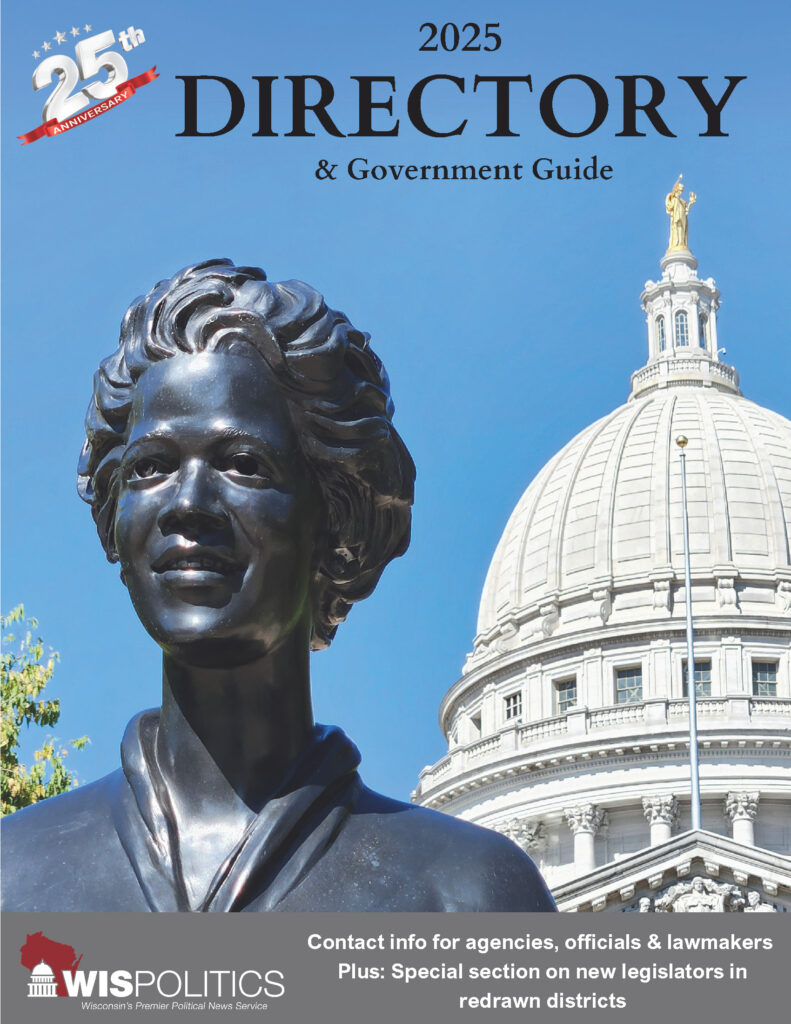MADISON, Wis. – The Wisconsin Department of Natural Resources (DNR) is asking the public to help update Wisconsin's Beach List to keep people safe on Great Lakes beaches this summer. Each year, the DNR's beach program contacts residents, local beach managers and public health departments along Wisconsin's Great Lakes coasts to determine any changes needed to the Wisconsin Beach List...
Please log in to access subscriber content.
If you don't have a subscription, please contact schmies@wispolitics.com for subscription options on the WisPolitics-State Affairs platform, which is the new home for WisPolitics subscriber products.


